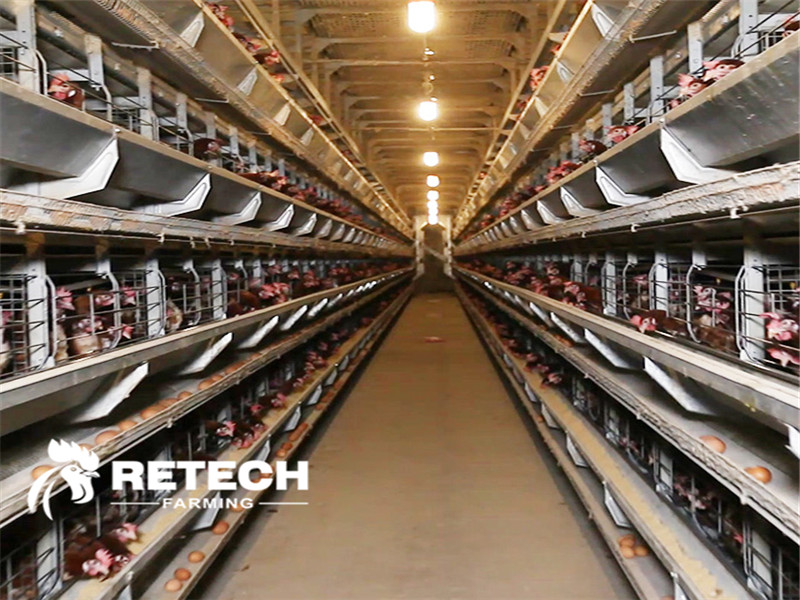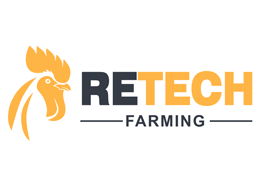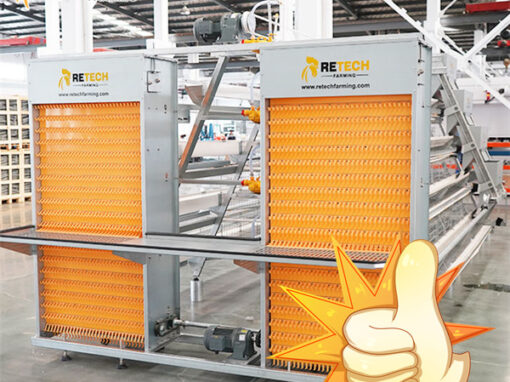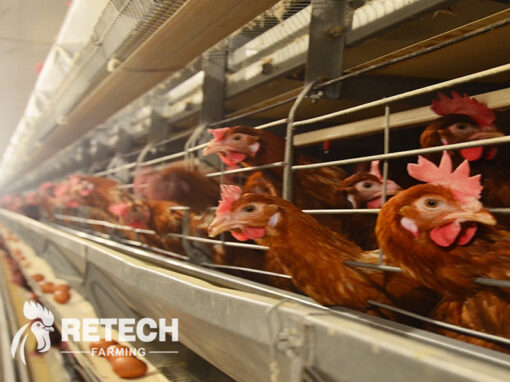三.Nutritional regulation of laying hens in summer
1.The core of nutritional regulation
Insufficient nutrient intake caused by the decrease of feed intake caused by the increase of summer temperature is the main reason for the decline of chicken production performance. The core of nutritional regulation is to change the nutrient concentration of the diet in advance by predicting the impact of the increase in ambient temperature on feed intake.

chicken farm
2.Principles of nutritional regulation
Based on the nutritional requirements of different breeds and different stages, the actual or estimated feed intake level of the flock is the basis for regulation.
3.The direction of nutrient adjustment
The adjustment of feed formula for laying hens in summer is mainly for macronutrients, micronutrients and functional substances. Among them, macronutrients focus on energy, protein, amino acids and minerals; micronutrients are mainly vitamins and trace elements; functional substances are mainly through the regulation of microecology, enzymes, acidifiers and anti-stress substances to achieve expected goals.
(1) Energy adjustment
The energy raw materials in contact with the breeding site are mainly corn and oil. Under the heat stress of high temperature in summer, the body’s own body temperature rises, and metabolic heat production will aggravate the heat stress of chickens.
Using oil instead of carbohydrates (replacing a part of corn) can appropriately reduce the heat production in digestion and metabolism; in addition, after adding oil, the feed is moist, which increases the palatability, promotes feeding, and reduces the dust concentration in the house.
The oils that can be added to the feed are mainly soybean oil, corn oil, fish oil, peanut oil, rapeseed oil, coconut oil, sunflower oil, etc.
Under high temperature stress, it is generally recommended to add 1-2% fat to the diet. The adjustment level is not absolute, and should be adjusted according to the nutritional needs of the breed, the feed intake of the flock, and the egg production performance.
For example, in the early stage of egg laying peak, the normal feed intake is 103g, and the feed intake can be reduced to 90g with the increase of temperature. In this case, the amount of oil added in the formula can reach more than 2%.

H Type layer cage
However, when the temperature is greater than 36°C, adding fat may be counterproductive, because when the temperature is too high, adding fat can rapidly increase the temperature of the chicken body and exacerbate heat stress. Effective temperature control management measures are the key to the solution.


